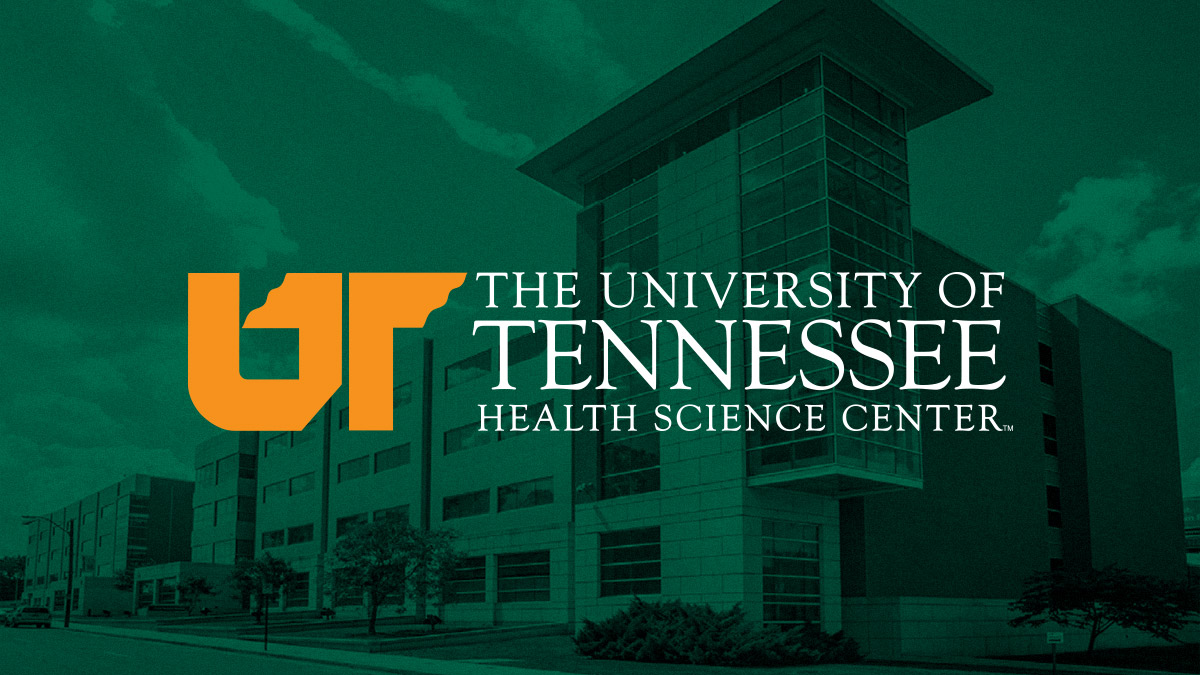
Memphis—When Moderna wanted to check if its COVID-19 vaccine would work against the new strains emerging in England and South Africa, it again turned to a UT Health Science Center researcher’s work.
During the 1990s, Michael Whitt, UTHSC associate dean of the Office of Medical Education in the College of Medicine and professor of microbiology, immunology and biochemistry, developed and patented a reverse genetics system that allows researchers to study highly pathogenic viruses under standard biosafety level 2 containment. Such systems allow companies developing vaccines or conducting research on viruses like Ebola to reduce risks to its workers. In addition, Whitt used his research to develop ways to infect and kill cancerous cells without harming healthy cells.
When the pandemic hit, Whitt and his team changed their focus.
“We were contacted very early during the start of the pandemic by several different companies looking for a way to quickly assay whether their vaccines were going to be efficacious against this novel pathogen, when it became clear that COVID-19 was going to impact a huge proportion of the population,” Whitt said. “They apparently were aware of the system we had developed and recognized that it could be used to speed the development of a vaccine.”
Moderna was one such company.
“I’m proud to think that we had one small part in the testing of several different vaccine candidates, some of which have now received emergency use authorization, which we hope will eventually help get the pandemic under control,” Whitt said.
The surrogate system developed by Whitt and his research group uses a virus that primarily infects horses, cows, and pigs, and does not cause serious disease in humans. It can be studied using standard biosafety level-2 containment practices available in many laboratories. An additional property of this virus is that it readily assembles the surface proteins of other viruses, such as the S-protein in COVID-19. As a result, the surrogate virus binds and enters cells like SARS-CoV-2, but once inside, it does not release more infectious virus, and instead produces a reporter protein that can be easily analyzed. When antibodies from a vaccinated individual are mixed with this surrogate virus containing the COVID-19 S-protein and there is a reduction in the amount of reporter protein produced, that indicates the individual has generated antibodies that can inhibit COVID-19 infection.
When the new virus strains emerged, Whitt’s lab again stepped up. It generated more surrogate-reporter viruses containing the various S-protein mutants that have arisen in the United Kingdom, South Africa, and other countries, to test whether antibodies made by individuals who previously were infected, or individuals who have gotten vaccinated, have antibodies that can inhibit infection with these new variants.
The surrogate helped with the rapid screening to show again that Moderna’s vaccine provides protection against these new COVID-19 variants.
“I’m excited that we have a real opportunity to make a difference during this pandemic,” Whitt said. “If we can provide reliable information that helps determine if the current vaccines provide protection against newly emerging strains of the virus, then we’ve made an important contribution and I’m happy that we could be a part of this.”
Tags: Coronavirus, COVID-19, Featured, Michael Whitt, Public Health, UT Health Science Center
